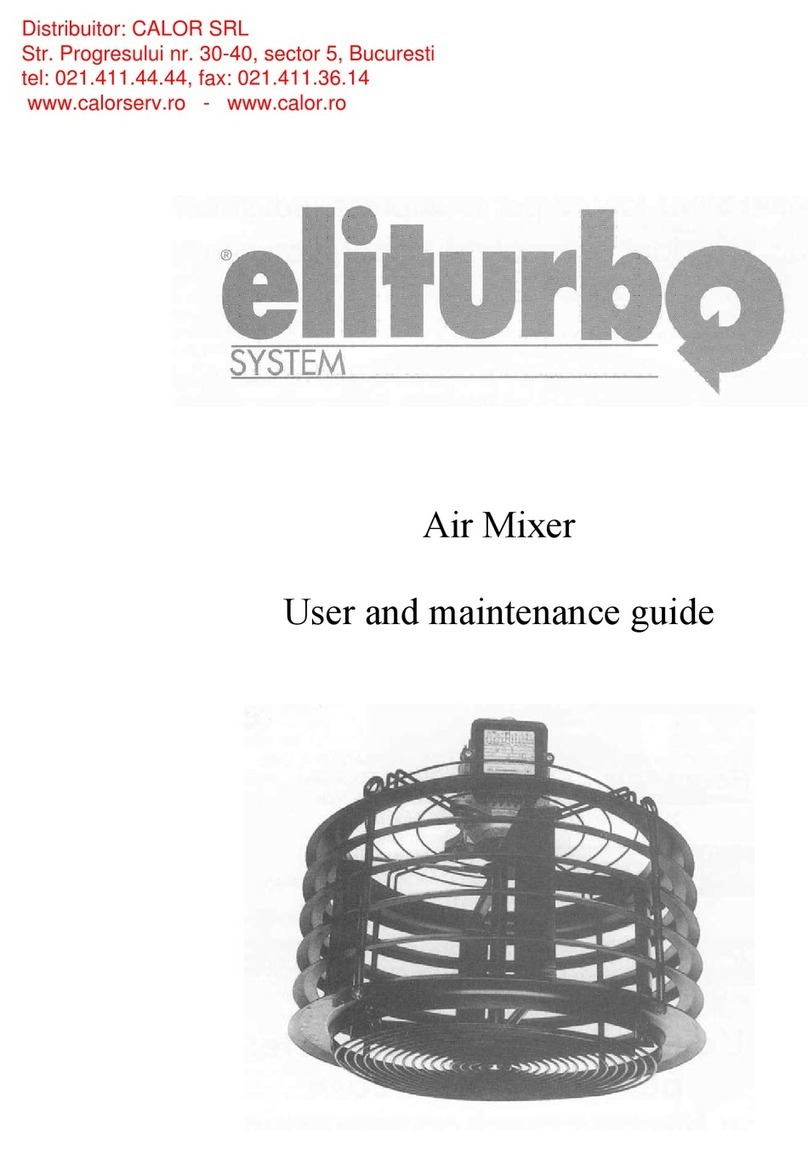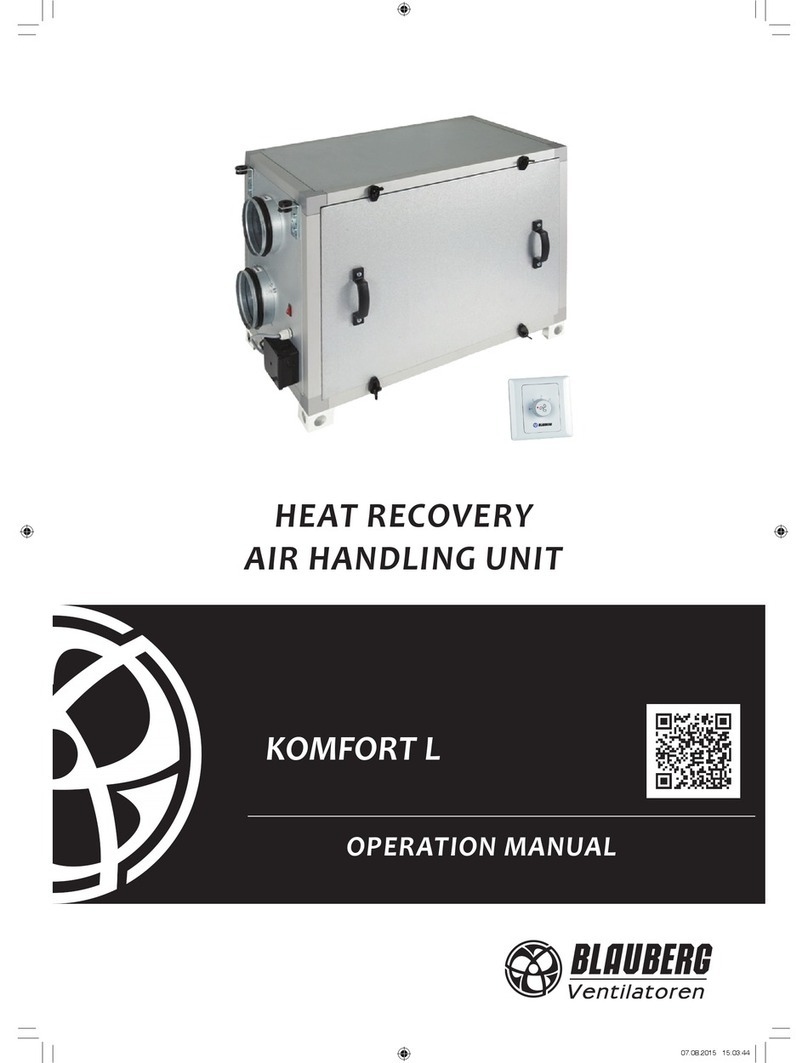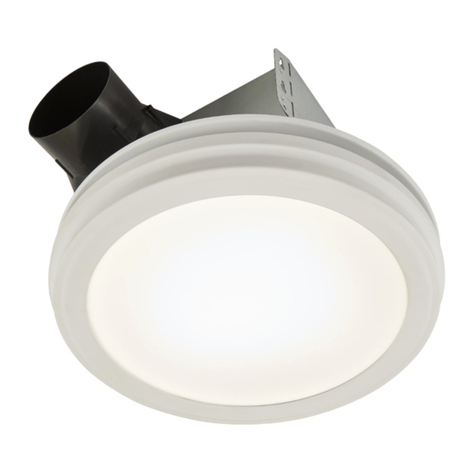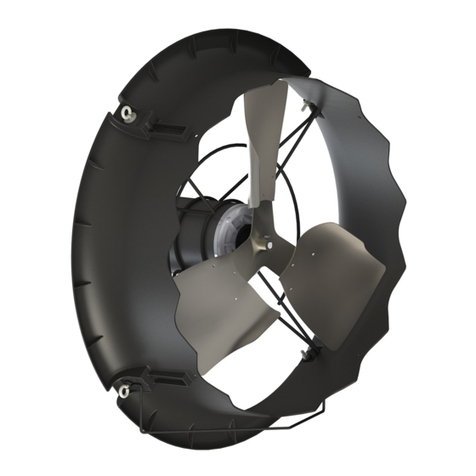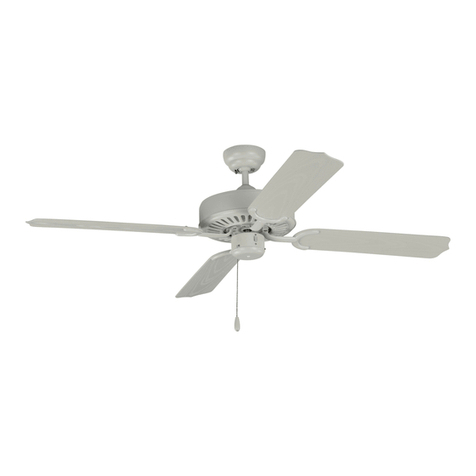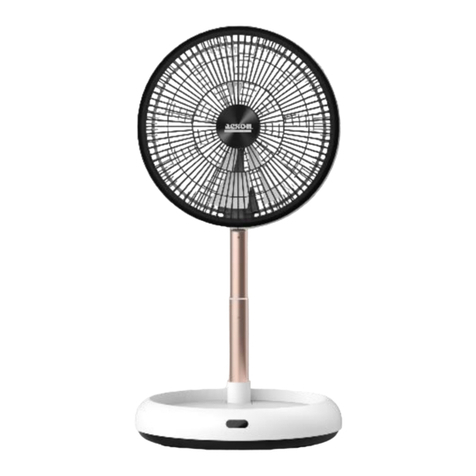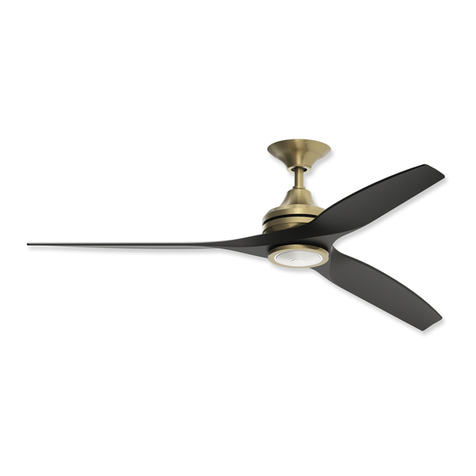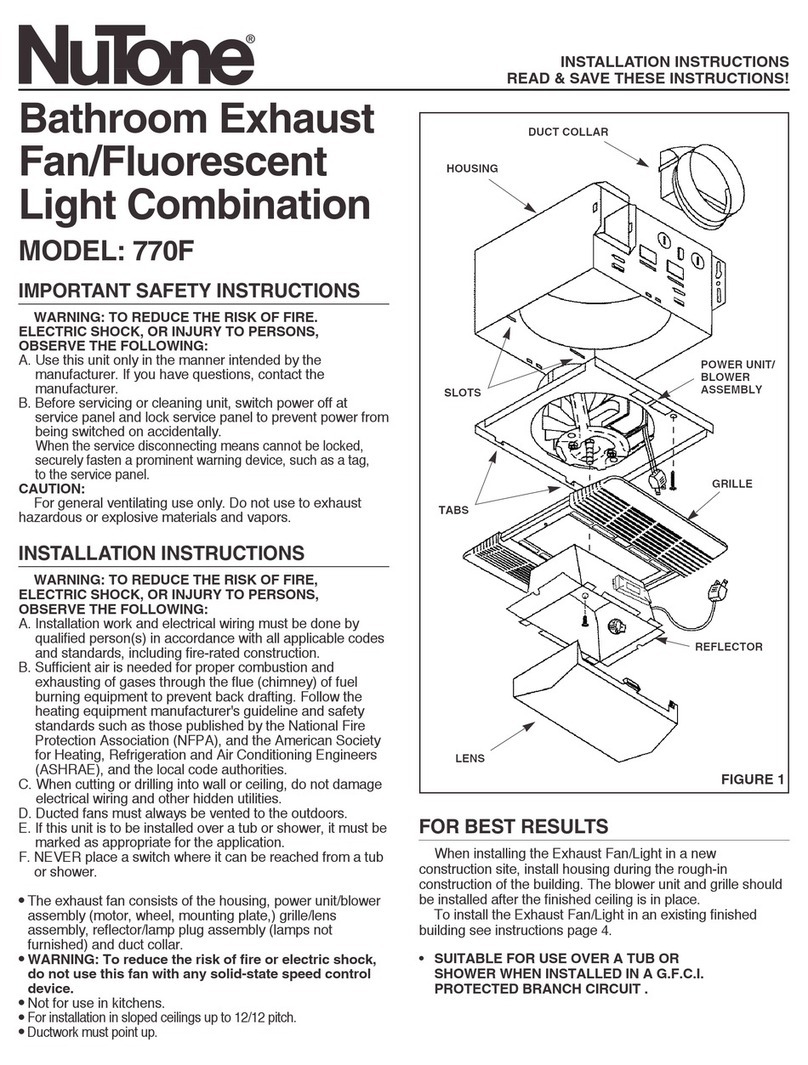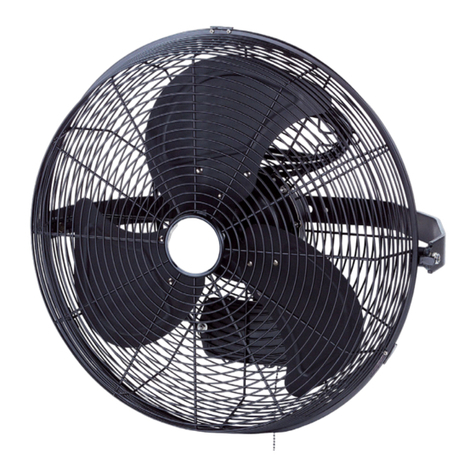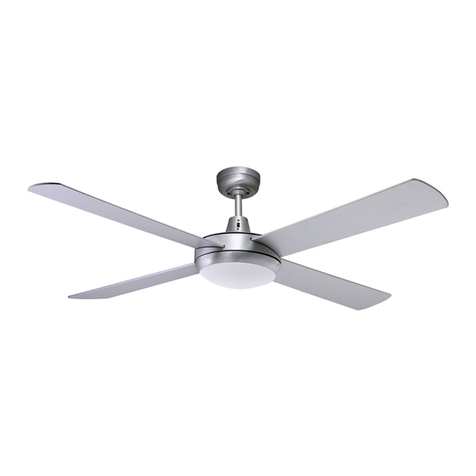7
Condition II: T-EHA is lower than +0 °C.
Condition III: Preheater is not disabled.
If all conditions are met, the preheater will be switched on and controlled according to T-EHA.
PID-modulator values must be configurable.
Step II: Reducing the flow rate / EHA and SUP air fan
Condition I: Preheater has been switched on for longer than 3 minutes (100% power).
Condition II: T-EHA is lower than 0 °C.
If both conditions are met, the EHA and SUP air volume will be reduced 50 % but not more than 50 % of the total flow rate. The
preheater will not be deactivated in this period.
Step III: Emergency shutdown
[Condition I: The flow rate of the exhaust and supply air fan is reduced for longer than 5 min.
OR
Condition II: The preheater is deactivated.]
AND
Condition III: T-EHA is lower than 0 °C.
If the conditions are met, the preheater will be deactivated, and the supply air fan will be shut
down with a delay time of 90 sec.
The heat exchanger frost-protection will be deactivated, and the unit resumes with normal
operation if the following conditions are met:
Condition I: T-ODA is higher than -3 °C.
OR
Condition II: T-EHA is higher than +4 °C.
3.2.1. RUN output
The RUN output can, for example, serve as a signal for building control systems to determine the system status. A relay output
is located on the unit (label: “RUN “) and as soon as the AZURE unit is in ventilation mode, the contact is closed.
3.2.2. External contact signal
The AZURE unit can be put into standby mode or ventilation mode through the “External contact “function.
•
Contact open = Standby mode
•
Contact closed = Ventilation mode
If the AZURE unit is switched to ventilation mode via the controller “Ext. sensor “the external contact must first be closed and
then opened to put the AZURE into standby mode. This is also the case if the AZURE unit has been put into standby mode via
the controller. The external contact must first be opened and then closed to put the AZURE into ventilation mode.
3.2.3. Fire mode
The AZURE unit can be put into two operating modes (exhaust air mode or standby mode) through the “Fire mode “function
(Fire contact):
•“Unit off “(Standby)
•“Extract air “
These modes can be selected from the controller “Fire mode “. If the fire contact is opened, the previously selected operating
mode will be activated.
The controller will be locked during this time.
3.2.4. Manual mode
3.2.4.1. CAV
Manual control of the fans: 3 stage fan control in constant air volume mode (reduced, normal, boosted). Each ventilation stage
(reduced, normal, boosted) has its own installer definable setpoint value (m3/h)
3.2.4.2. Constant RPM
Manual control of the fans: 3 stage fan control in constant air volume mode (reduced, normal, boosted). Each ventilation stage
(reduced, normal, boosted) has its own installer definable setpoint value (%)
3.2.4.3. CAP/ VAV
Control of the fans according to one installer selectable setpoint air pressure value (Pa)
3.2.5. Flaps
When there is any ventilation demand, the outdoor air flap and exhaust air flap always open automatically. They also close
immediately if both fans are turned off in case of unit shutdown.
3.2.6. Ventilation on demand (VOD)
Ventilation on demand only works in CAV or constant RPM mode
Input selector
According to the connected sensor type (CO2 or VOC) the correct measurement unit ppm is shown on the HMI and in the
webserver.




















